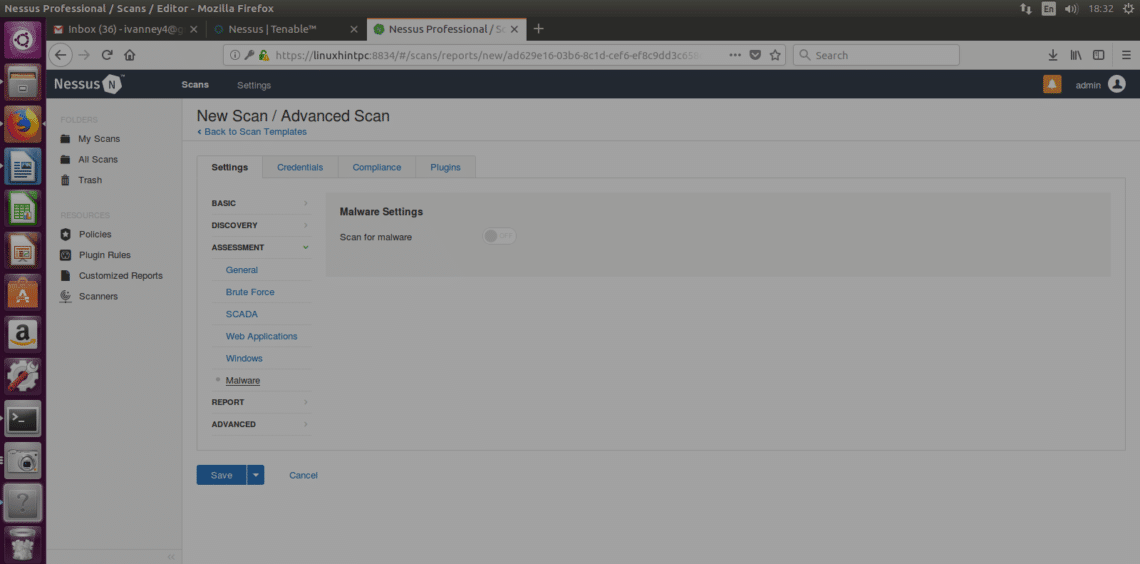
Ubuntu Linux: arp-scan is available from gutsy (7.10) in universe.Debian Linux: arp-scan is part of the standard Debian distribution on Lenny and later.
#UBUNTU NETWORK SCANNER INSTALL#
Install arp-scanīinary packages are available for the following operating systems:

To find active IP addresses outside your subnet, use the Ping Scan Tool (a Ping Sweep tool AKA NetScanner).

Devices cannot hide from ARP packets like they can hide from Ping. The ARP Scan Tool shows all active devices even if they have firewalls. Since ARP is non-routable, this type of scanner only works on the local LAN (local subnet or network segment). The ARP Scan Tool (also called ARP Sweep or MAC Scanner) is a very fast ARP packet scanner that shows every active IPv4 device on your Subnet. In those cases, using arp-scan to scan MAC address is a quick way to find those devices. Similarly a Cisco ASA, Router or BIG-IP F5 might not respond to any requests as they are designed to be silent. This is done intentionally, for example a Check Point Firewall doesn’t respond to anything by design. If you have a device that is on the same network but not responding to any requests such as ping, HTTP, HTTPS etc. Not to be confused with PTYPE below, which appears within this encapsulated ARP packet.) (This appears in the Ethernet frame header when the payload is an ARP packet. Thus, the ARP packet size in this case is 28 bytes. In this scenario, the packet has 48-bit fields for the sender hardware address (SHA) and target hardware address (THA), and 32-bit fields for the corresponding sender and target protocol addresses (SPA and TPA).

The principal packet structure of ARP packets is shown in the following table which illustrates the case of IPv4 networks running on Ethernet. The payload of the packet consists of four addresses, the hardware and protocol address of the sender and receiver hosts.
#UBUNTU NETWORK SCANNER CODE#
The message header is completed with the operation code for request (1) and reply (2). The message header specifies these types, as well as the size of addresses of each. The size of the ARP message depends on the upper layer and lower layer address sizes, which are given by the type of networking protocol (usually IPv4) in use and the type of hardware or virtual link layer that the upper layer protocol is running on. The Address Resolution Protocol uses a simple message format containing one address resolution request or response.


 0 kommentar(er)
0 kommentar(er)
